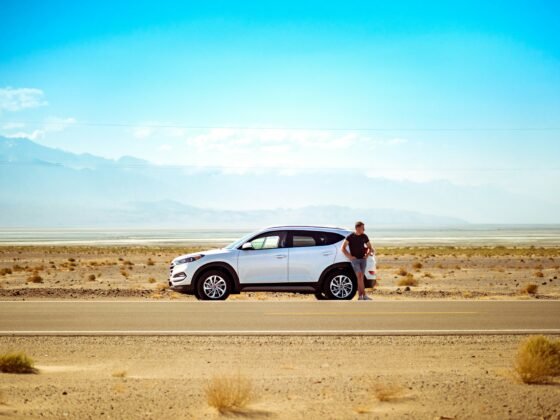Packing gear for a trip can feel straightforward, but once it is heading up top, the job takes a bit more thought. A 4×4 roof rack is handy for carrying bulky items, but getting the load right is what keeps both your gear and your vehicle in good shape.
The way you pack influences balance, handling, and safety, so it pays to plan carefully before lifting anything onto the roof.
Choosing What Goes on the Roof
Not everything belongs up there. Lighter, bulky items like swags, tents, or fold-up chairs sit nicely without putting unnecessary strain on the rack. Heavy gear, such as jerry cans, recovery tools, or toolboxes, are best secured lower down, ideally inside the vehicle or mounted to purpose-built carriers.
Just as important as the gear itself is how you tie it down. Ratchet straps, cam buckle straps, and roof rack bags built for outdoor use are far more reliable than makeshift rope or bungee cords. They will not only hold gear securely but also cope better with constant vibration. If you want added protection, waterproof covers and lockable boxes are worth considering. They keep equipment safe from rain, dust, and unwanted attention.
Properly Securing the Load for Stability and Safety
It is easy to underestimate how much punishment gear takes on top of a 4WD. Straps should be checked for wear before each trip, and once loaded, tensioned firmly but not to the point where they start damaging your equipment. Every tie-down needs to be clipped through a proper anchor point on the rack. Avoid running straps across sharp corners that might cut into the webbing. One frayed strap can undo the whole setup.
Once the gear is up, stand back and look at it from all sides. Give each item a shake and check it’s not shifting. Remember, what feels tight in the driveway can behave differently once you are braking, cornering, or bouncing over corrugations. A few minutes spent double-checking can save a lot of frustration further down the road.
Considering Height, Clearance, and Legal Limits
Stacking gear raises the overall height of the vehicle, sometimes more than you expect. That extra clearance matters when you are approaching a low bridge, a multi-storey carpark, or even a track lined with branches. Along with height, be mindful of the weight rating set by both your roof rack and the vehicle itself. Manufacturers usually specify a dynamic load capacity as well as a higher static figure for when the vehicle is stationary. Exceeding those numbers is a quick way to compromise safety and handling, especially off-road.
Another point to remember is wind resistance. A high, uneven load creates drag, which can increase fuel consumption and add extra strain on the rack. Packing flatter items at the front and keeping the load streamlined will help the vehicle perform better, particularly on highways where crosswinds and speed magnify the effects.
Making Regular Checks Throughout the Journey
Even if you have strapped everything down perfectly, movement during travel is inevitable. It is good practice to stop every so often, say after tackling rough ground or braking heavily, and make sure nothing has shifted.
A quick walk-around, a tug on the straps, and a glance at the load can prevent bigger problems later. This habit not only keeps your gear safe but also helps avoid hazards for other road users.
Final Thoughts
A roof rack is only as useful as the way it is packed. Taking the time to plan, choosing suitable gear, strapping it down properly, and staying alert to how it behaves on the road makes all the difference. Do it well, and you will enjoy the benefits of extra carrying space without the stress of gear rattling loose or upsetting the balance of your vehicle.
Whether the trip is a weekend escape or a long trek across the country, a well-managed setup means everything arrives intact, ready to be put to use.
Image: Unsplash,












